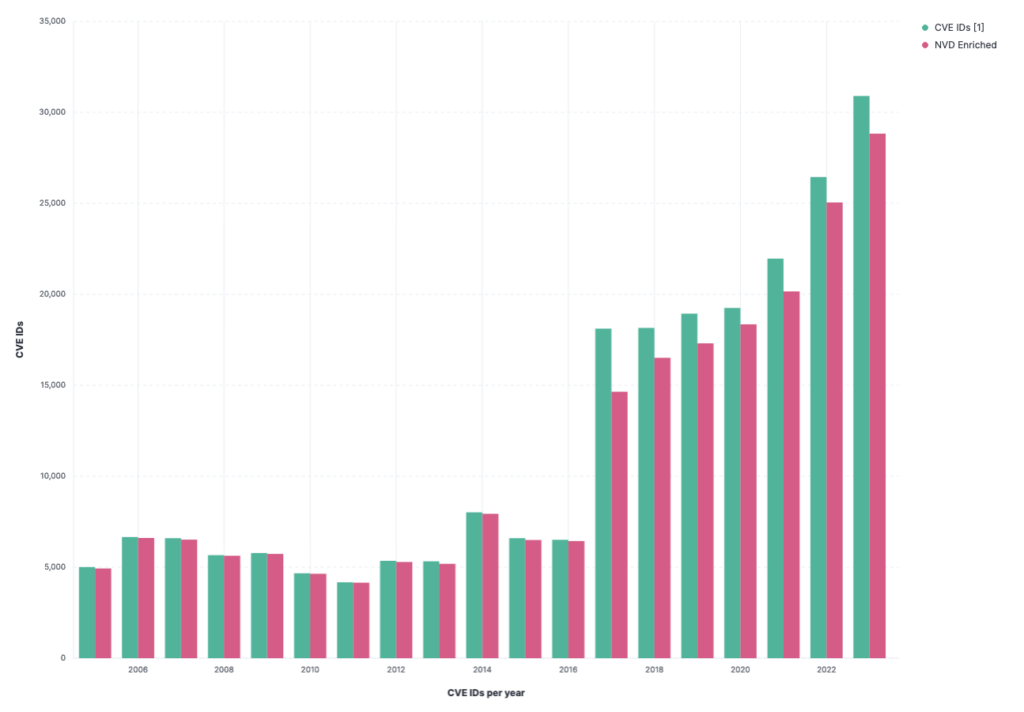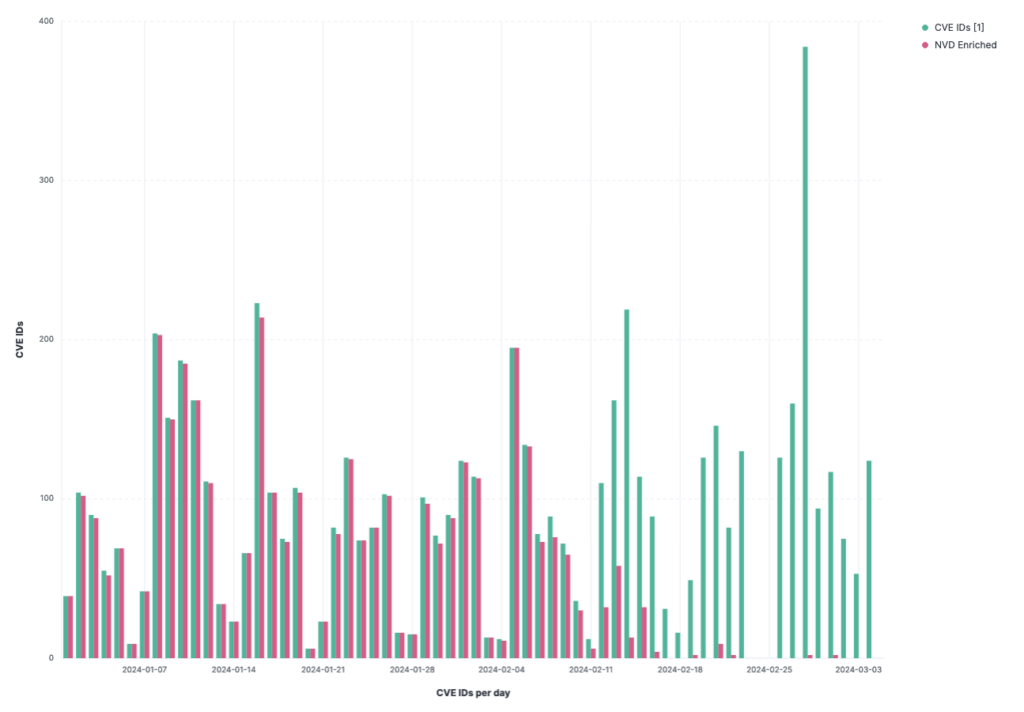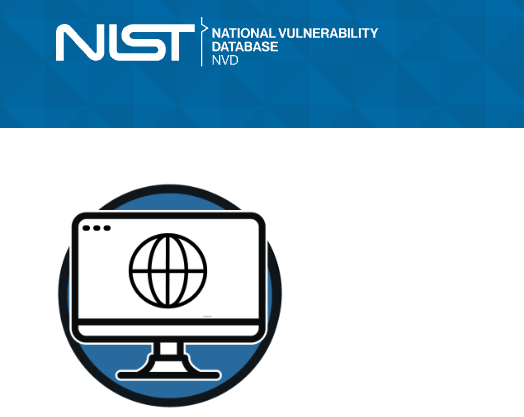A short history lesson on the NVD
Founded in 2005, The National Vulnerability Database, or NVD, is a collection of vulnerability data by the National Institute of Standards and Technology (NIST) in the United States. As of today, many companies rely on NVD data for their security operations and vulnerability research.
NVD describes itself as:
The NVD is the U.S. government repository of standards based vulnerability management data represented using the Security Content Automation Protocol (SCAP). This data enables automation of vulnerability management, security measurement, and compliance. The NVD includes databases of security checklist references, security related software flaws, product names, and impact metrics.
The primary role of the NVD is adding data to vulnerabilities that have been assigned a CVE ID. They include additional metadata such as severity levels via Common Vulnerability Scoring System (CVSS), and affected data via Common Platform Enumeration (CPE). NIST is responsible for maintaining the NVD as each CVE ID can require additional modifications or maintenance as the nature of vulnerabilities can change daily. This is a service NVD has been providing for nearly 20 years.
The graph below shows a historical trend of CVE IDs that have been published in the CVE program (green), alongside the analysis data provided by NVD (red), since 2005.

We can see nearly every CVE has been enriched by NVD during this time.
A problematic website notice from the NVD
On February 15th 2024, a banner appeared on the NVD website stating:
NIST is currently working to establish a consortium to address challenges in the NVD program and develop improved tools and methods. You will temporarily see delays in analysis efforts during this transition. We apologize for the inconvenience and ask for your patience as we work to improve the NVD program.
It’s not entirely clear what this message means for the data provided by NVD or what the public should expect.
While attempting to research the meaning behind this statement, Anchore engineers have discovered that as of February 15, 2024, NIST has almost completely stopped updating NVD with analysis for CVE IDs. The graph below shows the trend of CVE IDs that have been published in the CVE program (green), alongside the analysis data provided by NVD (red), since early January 1, 2024.

Starting February 12th, thousands of CVE IDs have been published without any record of analysis by NVD. Since the start of 2024 there been a total of 6,171 total CVE IDs with only 3,625 being enriched by NVD. That leaves a gap of 2,546 (42%!) IDs.
NVD has become an industry standard for organizations and security products to rely on their data for security operations, such as prioritizing vulnerability remediation and securing infrastructures. CVE IDs are constantly being added and updated, but those IDs are missing key analytical data provided by NVD. Any organizations that depend on NVD for vulnerability data such as CVSS scores are no longer receiving updates to the CVE data. This means that organizations relying on this data are left in the dark with new vulnerabilities, imposing greater risk and unmanaged attack surface for their environment.
Wait and see?
How to fill the gap of this missing data has not yet been addressed by NVD. There are other vulnerability databases such as the GitHub Advisory Database and the CVE5 database that contain severity ratings and affected products, but by definition, those databases cannot provide NVD severity scores.
Anchore is investigating options to create a public repository of identifiers to fill this gap. We invite members of the security community to join us at our next meetup on March 14th 2024 as we research options. Details for the meetup are available on GitHub.
In the meantime, we will continue to look for updates from NIST and hope that they are more transparent about their service situation soon.




